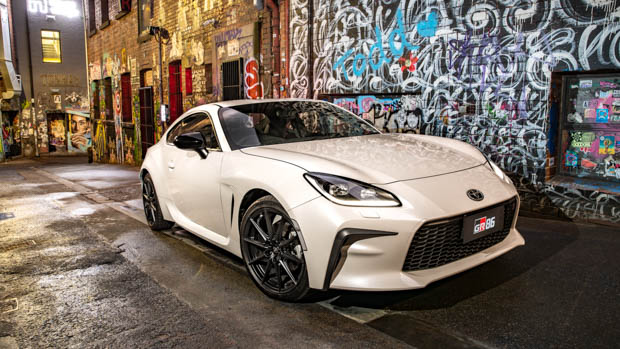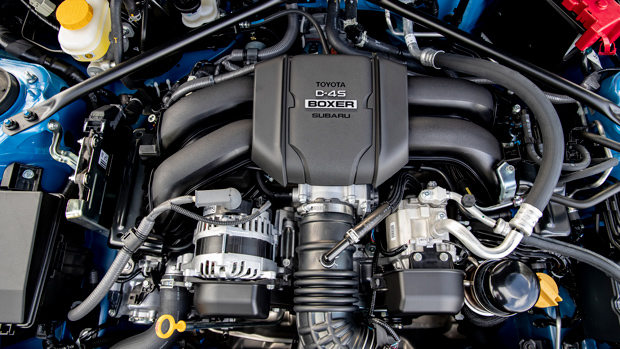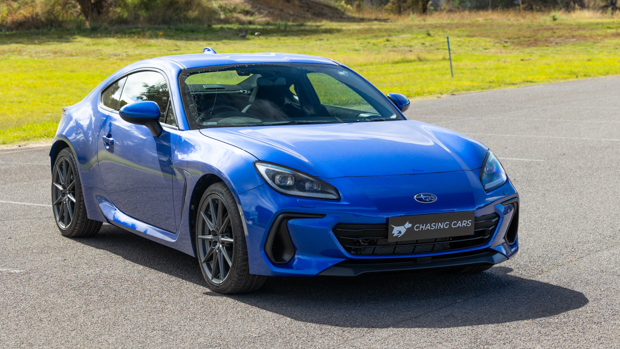-
Car Reviews
- All reviews
- Midsize SUVs
- Small cars
- Utes
- Small SUVs
- Large SUVs
- Large cars
- Sports SUVs
- Sports cars
- Vans
Latest reviews
- Car News
-
Car Comparisons
Latest comparisons
- Chasing Deals
Japanese media reports that the sports coupes will have to drop a cylinder and add turbocharging and electrification or ultimately face extinction
The Toyota GR86 and Subaru BRZ twins have only been on sale in Australia in second-generation guises for a relatively short time, yet reports from Japan say that the sports coupes will need to drastically change their powertrains to remain on sale.
A report by Best Car Web states that the sports coupe twins are likely to pinch the 1.6-litre turbocharged three-cylinder engine from the current GR Yaris and GR Corolla hatches.
In addition to dropping a cylinder, the sports cars are said to be lined up to receive a hybrid system of some kind.
What that hybrid system will be is still very much under wraps as Toyota is yet to make an announcement regarding the hybridisation of its GR products.
The GR86 and BRZ are both currently powered by identical 2.4-litre naturally-aspirated flat-four engines that each produce 174kW/250Nm.
It is possible, as Subaru currently has a hybrid system working in the Subaru Forester and XV.
The current FB20D e-Boxer and FB20X engines that are used in the Subaru XV and Forester hybrid prove that hybrid systems can work with a flat-four engine.
However, Subaru and Toyota are yet to announce hybrid systems for performance applications, though this is very likely to happen in the coming years.
It’s not the first time that the GR86 has seen the G16E turbo triple placed within its engine bay.
A smaller 1.4-litre variant of the same was used during the 2022 Super Taikyu series and was compatible with synthetic fuels.
Although this was a race application, the technology could potentially trickle down to road cars in the coming years.
Latest news
About Chasing cars
Chasing Cars reviews are 100% independent.
Because we are powered by Budget Direct Insurance, we don’t receive advertising or sales revenue from car manufacturers.
We’re truly independent – giving you Australia’s best car reviews.


